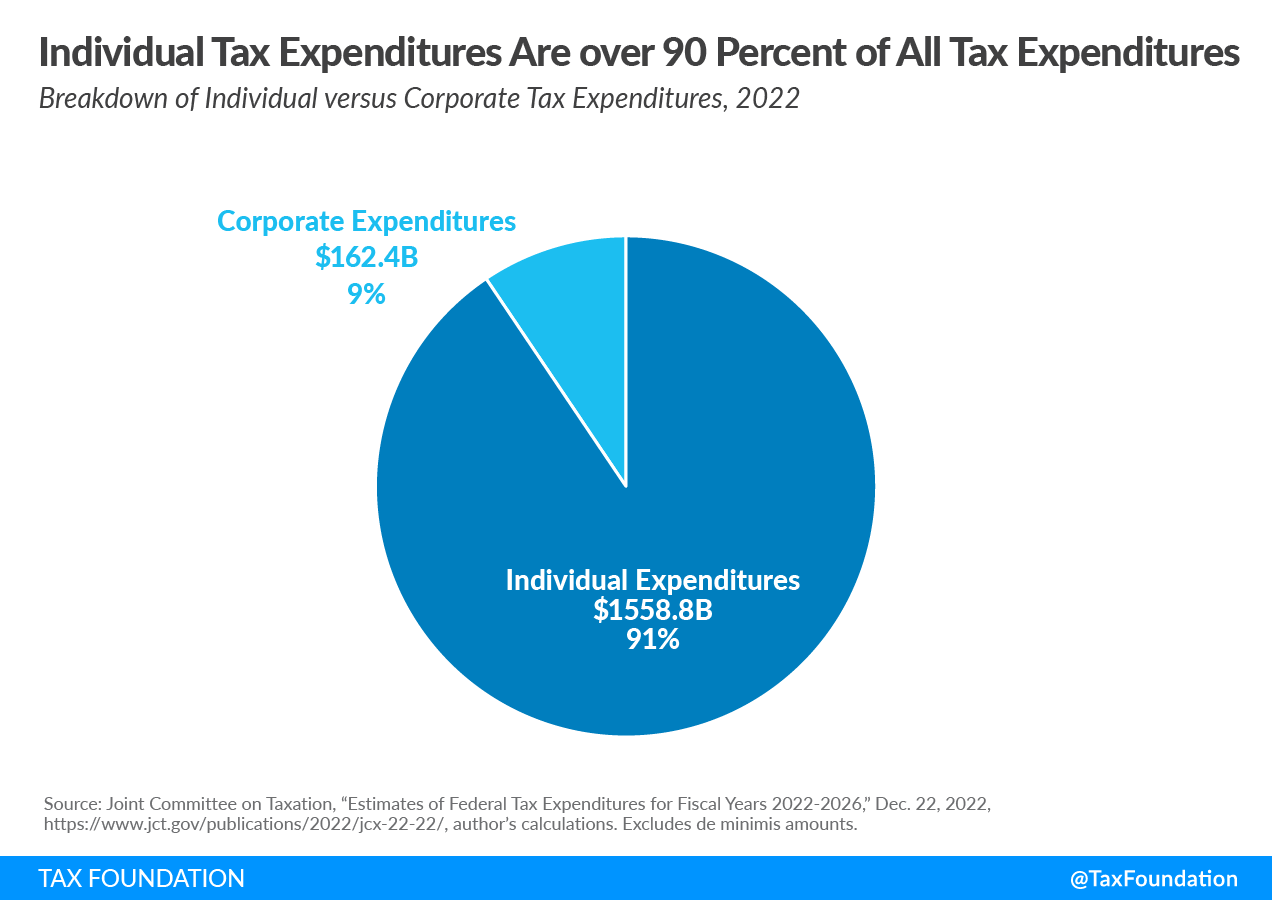There is more that can be done to improve the Child and Dependent care Credit
Many parents find it difficult to afford child care. Senators Tim Kaine, D-VA and Katie Britt, R-AL have proposed legislation to expand the child care credit. This would offer families a greater tax subsidy for some of their care costs. The proposal makes improvements to the credit but further changes could benefit more low-income households. The child and dependent care credits are designed to partially offset the child care costs of working families. The credit is calculated by multiplying the amount spent on qualifying care by a credit rate that depends on income, between 20 and 35%. And the credit is nonrefundable, meaning it cannot be more than what the family owes in income taxes.
As a result, the maximum credit amount available to families is about $700 if they have one child and $1,400 if they have two or more children, although most families are eligible for a maximum credit of $600 and $1,200, respectively.
A parent who needs care for a child under 13 while working can claim care expenses. The Kaine-Britt proposal would provide a bigger subsidy for care expenses. Both spouses in a married couple must work unless one spouse is a full-time student or faces a disability.
The Kaine-Britt proposal would provide a bigger subsidy for care expenses
For many families with a lot of child care expenses, the Kaine-Britt proposal would more than double their child care credit, primarily due to three major changes (see Table 1):
An increase in the maximum amount of allowable care expenses that can be used to calculate the credit
An increase in the credit rate for all but the highest-income families
Making the credit refundable
- Figure 1 shows how refundability in particular would increase the credit for families at different income levels.
- For low-income families, the maximum credit would jump to $2,500 if they had one young child and $4,000 if they had two or more children under the Kaine-Britt proposal.
- But even with these improvements many families, especially low-income families, may still not fully benefit from the credit.
Many don’t have the same level of eligible out-of-pocket expenses as higher-income families. The Kaine-Britt proposal would provide a bigger subsidy for care expenses
For many families with a lot of child care expenses, the Kaine-Britt proposal would more than double their child care credit. This is primarily due to three major changes (see Table 1):
An increase in the If Congress adopts the Kaine-Britt bill, they may consider modifications to the credit to make it more accessible.
For instance, they could make the credit available to parents who have little or no income and receive little or no benefit from this credit.
For students, they could extend the credit to parents who are Congress could achieve this by relaxing the requirement of earning income for single parents with little or no income, or married parents with low income. IRS data shows that this credit is almost exclusively used to care for children. However, taxpayers often spend money to care for their elderly parents, and some do so while also caring for children.
Policymakers could also make the credit more accessible to families who rely on informal care. A tax code provision known as “deeming” allows parents a certain credit amount regardless of their actual expenses, as long as they meet certain criteria. Under a modified proposal, for example, if a parent worked and had a child under age three, their care expenses could be “deemed” sufficient to receive the maximum credit, regardless of their actual expenses.
This could give many working parents with young children a valuable benefit without making them jump through hoops of collecting all their care providers’ information and making sure care qualifies. Deeming has been used for the child care credit of married couples with a non-working spouse who is a student, disabled, or a parent. It’s also used for the adoption tax credit when adopting from foster care. The Kaine-Britt bill takes important steps to expand the value of the child and dependent care credit.






